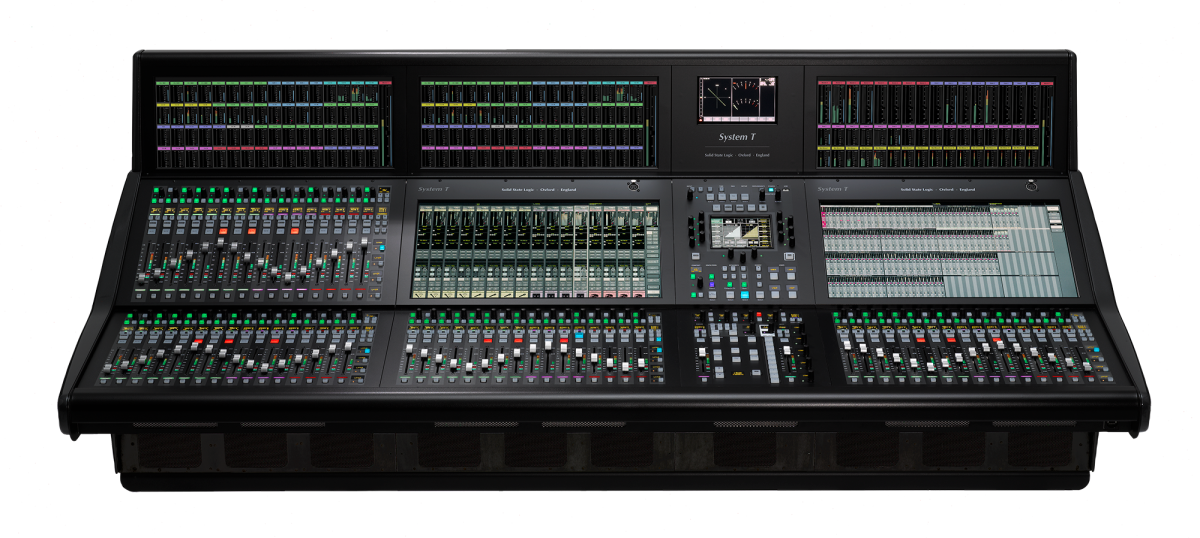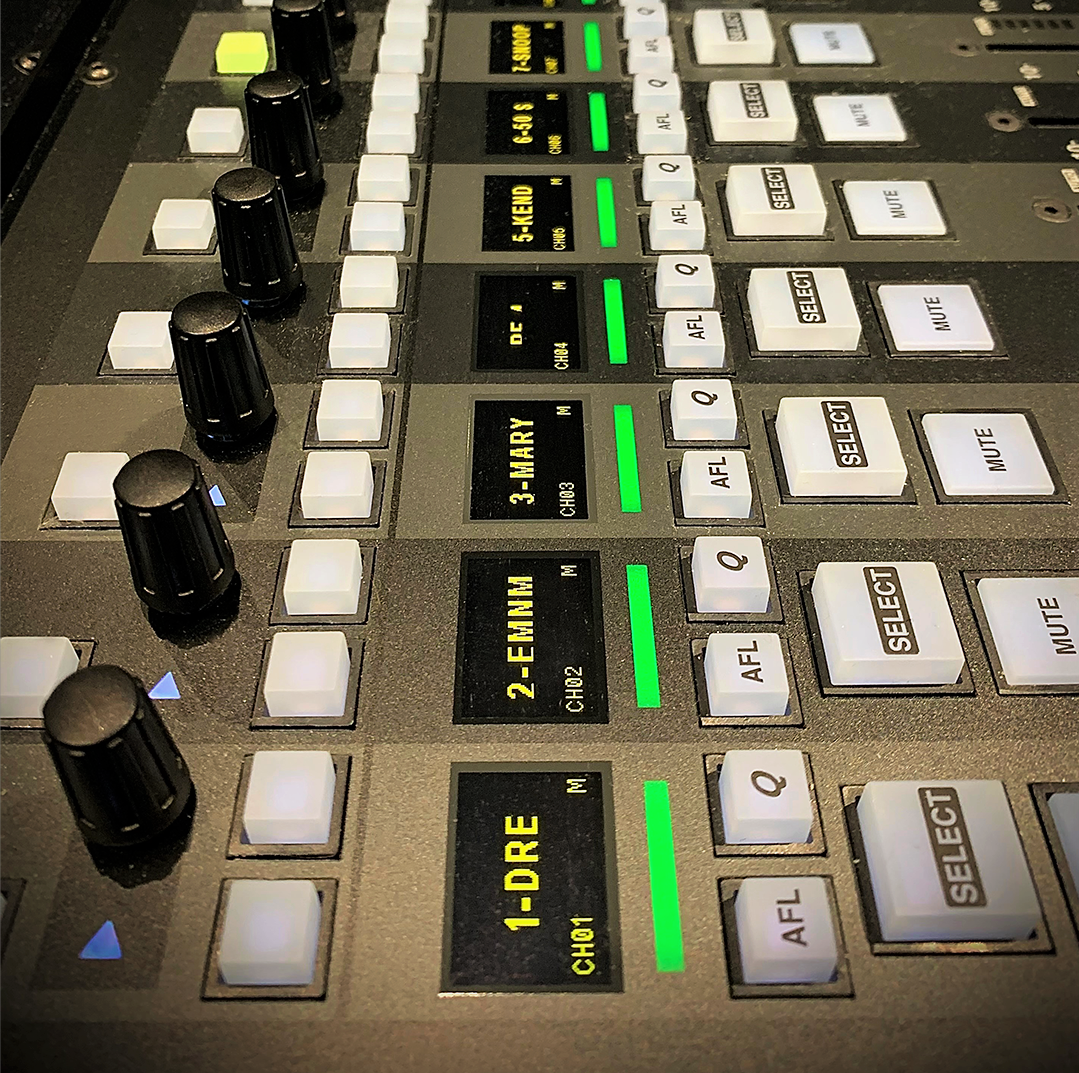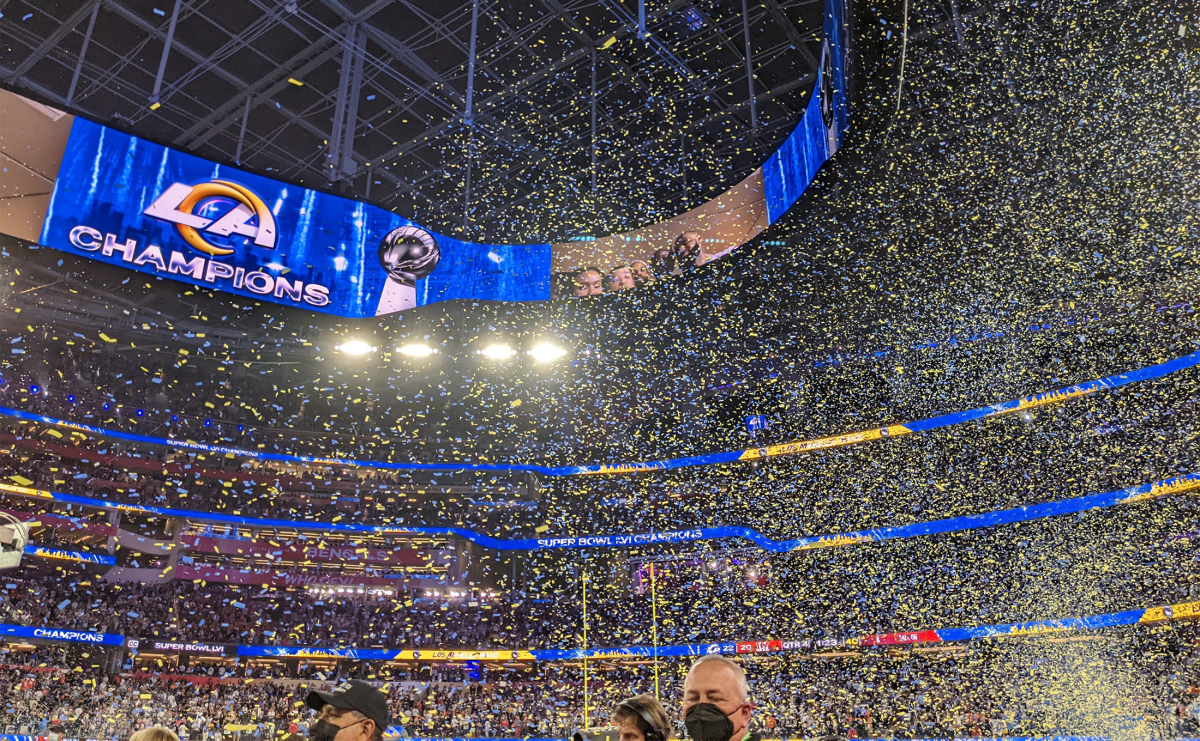Inglewood, California, February 28, 2022 —The musical segments during the pre-game and halftime shows at this year’s Super Bowl, which aired on NBC and Telemundo, were mixed on a Solid State Logic System T networked broadcast production console installed at the NFL’s new West Coast headquarters, rather than the usual dedicated remote truck — a first in the history of the championship game. Tom Holmes, A1 for the broadcast music segments at Super Bowl LVI, was responsible for mixing not only the Halftime Show, featuring hip-hop headliners Dr. Dre, Snoop Dogg, Eminem, Mary J. Blige and Kendrick Lamar, but also country music artist Mickey Guyton’s performance of the “Star Spangled Banner” and R&B artist Jhené Aiko’s rendition of “America the Beautiful.”
Holmes mixed the music from one of the five audio control rooms at NFL Los Angeles, a new 450,000-square-foot building that serves as the home for NFL Network, NFL.com, NFL RedZone, the NFL app and other departments involved in the league’s media and business operations. Each of the five audio control rooms is equipped with two SSL System T surfaces, an S500 and an S300, and supports Dolby Atmos, 5.1 and other formats. The building is connected over fiber to SoFi Stadium, where the Los Angeles Rams battled the Cincinnati Bengals for the national title, which are located adjacent to each other at the 298-acre Hollywood Park mixed-use development in Inglewood.




